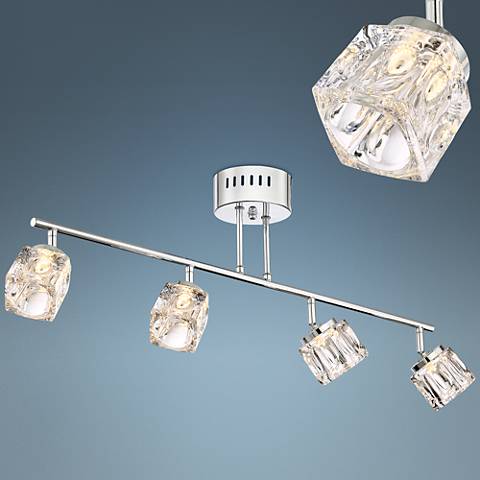It could be that you have just moved into a new home that’s been standing empty for a long time. Or, it may be you’ve begun to notice that your existing home is starting to show its age in ways that you hadn’t spotted before. There are various reasons why people initially feel inspired with improving the home. There are certain phases of life where this desire is likely to manifest itself quite actively. Older couples, nearing retirement age, may decide to overhaul their homes dramatically in order to make sure that their living spaces are fit to occupy for decades to come. If you’re thinking about improving your home, there are an endless number of things you might choose to have done.
Here are a few ideas of areas to focus on. These are likely to be quite pressing, and which can yield a disproportionate return on investment.
Get any structural damage repaired immediately
Homes often endure structural damage for an array of different reasons. Ranging from pest issues such as termites, to weather and storm damage.
Structural damage is often overlooked when improving your home if it doesn’t present an immediate and clear crisis to the occupants of the home. And yet, these issues are a ticking time bomb. The longer they are left unattended, the greater the chances of some catastrophic event occurring.
If your roof has taken hail damage, for example, its structural integrity can be severely compromised. The damage that’s already been done is bound to exacerbate dramatically over time.
Even if you don’t spot any particular sign that something is going wrong inside the house, immediately. It might be that you’re only a day or two away from it raining in your living room.
The first thing to do if you’re planning on improving your home or have major renovation done on your home, is to survey the property for any structural damage. Then have it handled by the experts. Perhaps better yet, get the experts to survey the property themselves. They can diagnose whether or not there is any structural damage that needs treating.
When structural issues in your home are corrected, other problems that you didn’t necessarily even know you had, can typically be resolved in good order. For example – perhaps you had a draft in the home and you didn’t know where it was coming from.
Resolving the sealant issues around windows, cracks forming where they shouldn’t be, or tiles coming loose on the roof. Draft issues might be quickly resolved.
Go for maximum lighting fixtures when improving your home
Under certain, limited, circumstances, you might want to keep the lighting in your home subdued by default.
For the vast majority of people, the better option is going to be to go for maximum lighting. Built-in dimmer switches, and warmer lamps to change the mood when evening comes are preferred.
A home that is well-illuminated simply feels like a livelier and more welcoming place. Whereas a dim and poorly-illuminated home often seems a bit too close to a cave for comfort.
Preferably, your home will have a great deal of natural lighting. Courtesy of large and well-positioned windows, skylights, and other such features.
Aside from this – If you feel that your house is a chronically gloomy place
you should consider having the lighting fixtures in your home upgraded and multiplied. Often, a lot can be done in this regard. The impact on the mood and atmosphere of the property can be truly tremendous. It will make a huge difference in improving your home.
Of course, as already mentioned, you don’t necessarily want your home to be bathed in bright light at all times. Having dimmable lights and dimmer switches is likely to be an excellent idea to regulate the mood of the place.
You can also consider having features such as fireplaces – real or gas – set up to enhance evening ambience.
Having more temperature control options added can really improve the home
Older homes are often draughty, and naturally colder. Houses that have been built centuries in the past, made from sturdy materials like stone, typically end up being chillier than is comfortable.
In the olden days, this particular issue would have been resolved by a fire burning in the hearth. These days, that is less likely to be a practical option, and is also perhaps more trouble than it’s worth.
Having more temperature control options added to your home can really impact your experience of the place. Though not every heating option will be practical for every property, you’ll find that between radiator panels, underfloor heating systems, and varying degrees of insulation, there’s quite a lot that can be done.
Ensure that the flooring works for you, and that you understand the pros and cons of each flooring type
The flooring of your home dictates, to quite a substantial degree, the general “mood” and “atmosphere” of the place. Cold stone floors evoke a certain atmosphere, wood floors another, and laminate flooring strips, yet another.
Ensure that when improving your home, the flooring works for you. Understand the pros and cons of each flooring type before having a new one installed.
For example – wood floors are “warmer” both literally, and metaphorically, than stone floors. But they have to be cared for, polished, and are liable to becoming scuffed and damaged. They are also often not too cheap.
Tiles are typically ideal for bathrooms and kitchens, because they can be mopped clean with minimal trouble. These endure the test of time. But, they can be cracked, and will then need to be replaced.
Acrylic and laminate flooring is cheap and relatively easy to clean. It looks cheap, too, and will tend to “bubble up” over time, and need to be replaced. Hardwood is a better option.
This post is a collaboration and may contain resourceful affiliate links. All opinions are our own and for informational purposes only.


